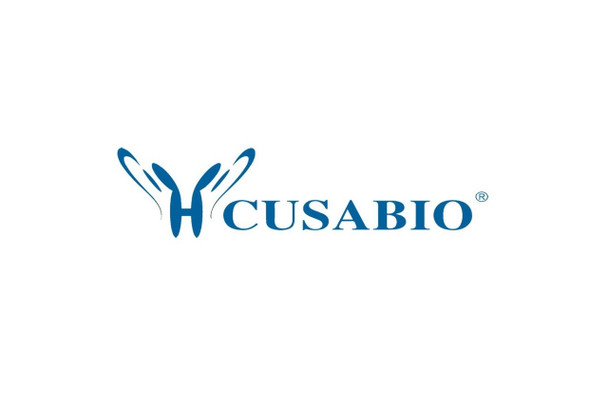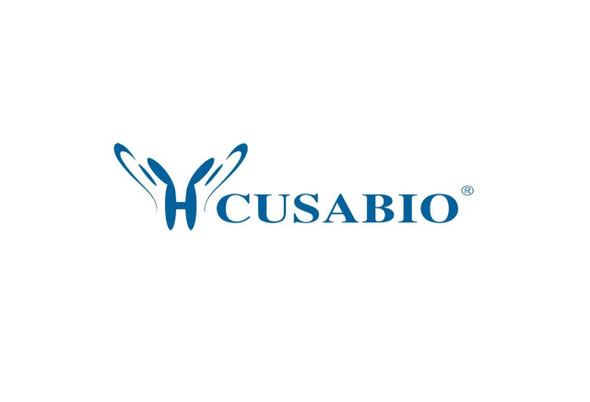Cusabio Polyclonal Antibodies
ATF6 Antibody, FITC conjugated | CSB-PA002277LC01HU
- SKU:
- CSB-PA002277LC01HU
- Availability:
- 3 to 7 Working Days
Description
ATF6 Antibody, FITC conjugated | CSB-PA002277LC01HU | Cusabio
ATF6 Antibody, FITC conjugated is Available at Gentaur Genprice with the fastest delivery.
Online Order Payment is possible or send quotation to info@gentaur.com.
Product Type: Polyclonal Antibody
Target Names: ATF6
Aliases: Cyclic AMP-dependent transcription factor ATF-6 alpha (cAMP-dependent transcription factor ATF-6 alpha) (Activating transcription factor 6 alpha) (ATF6-alpha) [Cleaved into: Processed cyclic AMP-dependent transcription factor ATF-6 alpha], ATF6
Background: Transmembrane glycoprotein of the endoplasmic reticulum that functions as a transcription activator and initiates the unfolded protein response (UPR) during endoplasmic reticulum stress. Cleaved upon ER stress, the N-terminal processed cyclic AMP-dependent transcription factor ATF-6 alpha translocates to the nucleus where it activates transcription of genes involved in the UPR. Binds DNA on the 5'-CCAC[GA]-3'half of the ER stress response element (ERSE) (5'-CCAAT-N (9) -CCAC[GA]-3') and of ERSE II (5'-ATTGG-N-CCACG-3') . Binding to ERSE requires binding of NF-Y to ERSE. Could also be involved in activation of transcription by the serum response factor. May play a role in foveal development and cone function in the retina.
Isotype: IgG
Conjugate: FITC
Clonality: Polyclonal
Uniport ID: P18850
Host Species: Rabbit
Species Reactivity: Human
Immunogen: Recombinant Human Cyclic AMP-dependent transcription factor ATF-6 alpha protein (1-194AA)
Immunogen Species: Homo sapiens (Human)
Applications: ELISA
Tested Applications: ELISA
Purification Method: >95%, Antigen Affinity purified & Affinity purified
Dilution Ratio1:
Dilution Ratio2:
Dilution Ratio3:
Dilution Ratio4:
Dilution Ratio5:
Dilution Ratio6:
Buffer: Preservative: 0.03% Proclin 300
Constituents: 50% Glycerol, 0.01M PBS, PH 7.4
Form: Liquid
Storage: Upon receipt, store at -20°C or -80°C. Avoid repeated freeze.
Initial Research Areas: Signal Transduction
Research Areas: Signal Transduction






